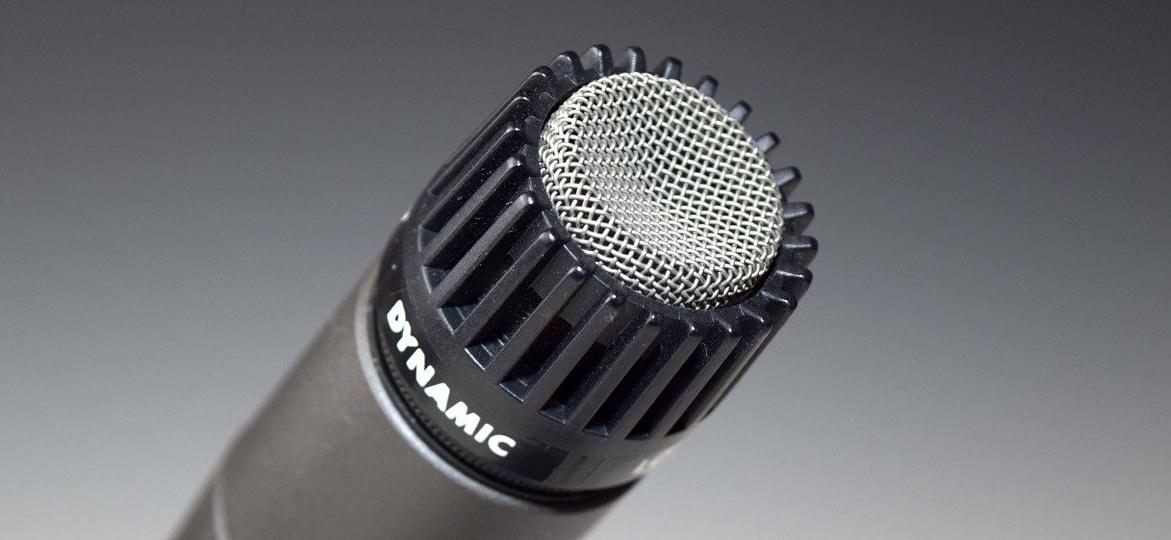Una volta deciso di tentare il CAE, inizia una fase di preparazione lunga e impegnativa. È importante informarsi sulle prove del C1 Advanced e allenarsi con esercizi e simulazioni, per essere sicuri di passare questo esame, considerato uno dei più difficili per la lingua inglese. Oggi ti daremo tutte le informazioni di cui hai bisogno sulla CAE Writing Part 2. Ecco nel dettaglio gli argomenti che tratteremo in questo articolo:
- CAE Writing: in cosa consiste la prova
- CAE Writing Part 2 – Situationally based writing task
- i generi testuali della Part 2 con esempi
- perché prepararsi con GlobalExam
Pronto a scoprire tutto sul Writing Part 2 e su un’efficae preparazione al C1 Advanced? Allora, si comincia!
CAE Writing: in cosa consiste la prova
Il CAE è composto da quattro prove che affronterai nel seguente ordine: Reading and Use of English, Writing, Listening e Speaking.
La parte di Writing è la seconda che dovrai sostenere, per dimostrare le tue competenze di espressione scritta in inglese. Questa prova dura in tutto 90 minuti e contribuisce per il 20% al voto finale. Si compone di due esercizi:
- Writing Part 1: Compulsory question
- Writing Part 2: Situationally based writing task
In entrambi i casi dovrai scrivere un testo di 220-260 parole usando una consegna data e alcuni suggerimenti. Ogni prova viene valutata in base a quattro aspetti: contenuto, comunicazione, organizzazione e lingua. Potrai ottenere fino a 20 punti per ogni prova, quindi in totale 40 punti.
Oggi parleremo della Part 2: Situationally based writing task.

CAE Writing Part 2 – Situationally based writing task
La seconda prova della Writing è la Situationally based writing task. Se nella Part 1 è obbligatorio scrivere un Essay, nella Part 2 potrai scegliere tra tre diversi generi testuali. Ti verranno fornite tre possibilità di testo: letter/e-mail, report/review o proposal. Dovrai sceglierne una e scrivere un elaborato di 220-260 parole. Per ti verranno date alcune informazioni: il contesto, lo scopo e il destinatario del testo.
La prova di Writing dura in tutto 90 minuti e i due esercizi sono piuttosto simili, quindi considera che dovrai dedicare circa 45 minuti a ciascuno dei due testi (Part 1 e Part 2). Per questa prova potrai ottenere fino a 20 punti. Per ottenere un buon punteggio devi rispettare la consegna e le indicazioni date, usare il registro adeguato, grammatica e vocaboli di livello C1, e così via.
Vediamo in una tabella le informazioni principali della Part 2:
| CAE Writing | Punti | Tipo esercizio | Parole | Tempo |
|---|---|---|---|---|
| Part 2: Situationally based writing task | 20 | A scelta tra: letter/e-mail, report/review o proposal | 220-260 | 90 min (da dividere tra Part 1 e 2) |
I generi testuali del Writing Part 2
In questo esercizio, come abbiamo detto poco fa, potrai scegliere uno a scelta tra: Letter/e-mail, Report/Review o Proposal
Vediamo nel dettaglio cosa sono questi generi testuali e come affrontarli al CAE.
Letter/e-mail
La lettera o e-mail deve rispondere a un obiettivo specifico, sia esso comunicare qualcosa a un amico (per una lettera/e-mail informale) o candidarsi per un posto di lavoro (lettera/e-mail formale). La struttura di questo testo è la seguente:
- saluto di apertura
- introdurre il tema della lettera/e-mail
- paragrafi per ognuno dei punti da trattare
- chiusura: fare il punto e saluto
È importante usare il registro linguistico giusto e creare un testo coerente.
Un esempio dal sito GlobalExam:

Un esempio di risposta perfetta è la seguente:
Phil,
great to hear from you! I’m so happy you’re having a good time in Shanghai. Did you go to the national museum there? Apparently, it’s one of the biggest in the world. If not, you should take a look.
In terms of things we can do together in Manchester, so much has changed in the past few years. They recently opened a new natural history museum, so we could check that out in the daytime, if you’re game. There is a new shopping centre as well, so we could spend some time there. I still haven’t done all my Christmas shopping yet, so I could do with swinging by there anyway to pick up a few things. There’s a really cool new sushi restaurant there, too, if you’re not bored of Asian food yet!
Also, there are going to be a lot of Christmas parties happening around that time. My office is having a big Christmas party the day before you get back, and then there will be a family get-together at my mum’s place. My brother has to go on active service over the holidays, so we’re going to have a bit of a gathering with him before he leaves. And, of course, I heard Carolyn is going to have a dinner party on the twenty-third. She’s going to be thrilled to see you- I guess it’s been a few years since you saw her last, right?
Let me know which of these ideas you’re interested in.
Jane
Report/Review
Un report e una review sono abbastanza simili, le differenze sono fondamentalmente due: il report deve essere etremamente obiettivo (la review essendo una recensione invece può essere soggettiva, in base alla tua esperienza personale); il report deve avere sottotitoli per ogni paragrafo. In entrambi i casi dovrai parlare di un soggetto (sia esso il commento di un libro, la recensione di un oggetto acquistato, un film, ecc) dando un’opinione e giustificandola (in modo più oggettivo nel report e soggettivo nella review). La struttura dei due testi è la stessa:
- introduzione (si parla del soggetto riassumendo le informazioni date nella consegna)
- paragrafi (si trattano i vari punti, usando titoli per il report)
- conclusione (si riassumono i punti salienti e si consiglia/sconsiglia di…)
Ecco un esempio di consegna da GlobalExam:
You have just finished conducting a survey on the levels of care provided in local nursing homes for a private health company. They have asked for a report detailing your conclusions.
Your report should comment on the effectiveness of the care homes available and provide some suggestions on how to improve the standards of care in the homes.
Write your report.
Ed ecco un valido suggerimento di risposta:
The main purpose of this report is to assess the effectiveness of nursing homes in the local area. It will look at what care is available and make some recommendations for improvements.
Facilities
Due to a lack of funding during the economic recession, many care facilities are in urgent need of repair. Many modern private care homes have sprung up around the city in recent years but they are more expensive and unaffordable for many. Amongst care staff, there are a quite a few assistants suffering from low morale and lack of training.
Training
The training methods used by many care organisations has not changed over the last 30 years or so and needs to be improved. Carers need the correct type of training that is practical and enables the carer to hit the ground running. Some carers don’t seem to have the required patience and empathy to work in a nursing home.
Resources
There does seem to be a lack of resources at the care homes in general. This is probably due to lack of funding but also ineffective allocation of funds. In some care homes the patients are not being fed adequately and there is not enough spent on social activities for patients.
Recommendations
Taking all of the factors of this report into account, the best plan of action would be to increase funding to provide training and resources to run the care homes better. This funding must get used effectively. I would suggest that training be given to managers who have the responsibility to allocate resources.
Proposal
Un proposal è simile a un report, ma non solo devi dare un’opinione: dovrai suggerire dei miglioramenti da apportare (a un’infrastruttura, un monumento, ecc) e convincere il lettore ad attuare le modifiche proposte. Le domande da porti sono:
- cosa includere nel mio proposal?
- chi è il destinatario?
La struttura è sempre la stessa: introduzione, paragrafi per ciascuna idea proposta, benefici che le modifiche apporteranno, conclusione per riassumere e convincere. Anche nel proposal puoi usare dei titoli per ogni paragrafo. La differenza col report è che il report fornisce un feedback su qualcosa di passato/già esistente, mentre il proposal parla dei benefici di qualcosa che ancora non esiste.
Perché prepararsi con GlobalExam
Scegli i professionisti delle certificazioni linguistiche! Con GlobalExam potrai allenarti su esercizi singoli o simulazioni d’esame complete. Correzioni e spiegazioni ti diranno dove hai sbagliato, mentre i punteggi e le statistiche ti permetteranno di monitorare i tuoi progressi. Usa le schede di studio per ripassare la grammatica e imparare nuovi vocaboli utili per il CAE e fai il test di livello per creare un piano di studio personalizzato fissando scadenze e obiettivi.
Iscriviti subito su GlobalExam e scopri tutta l’offerta della nostra piattaforma e-learning! Passa il C1 Advancedfacilmente con un metodo di studio mirato ed efficace!



